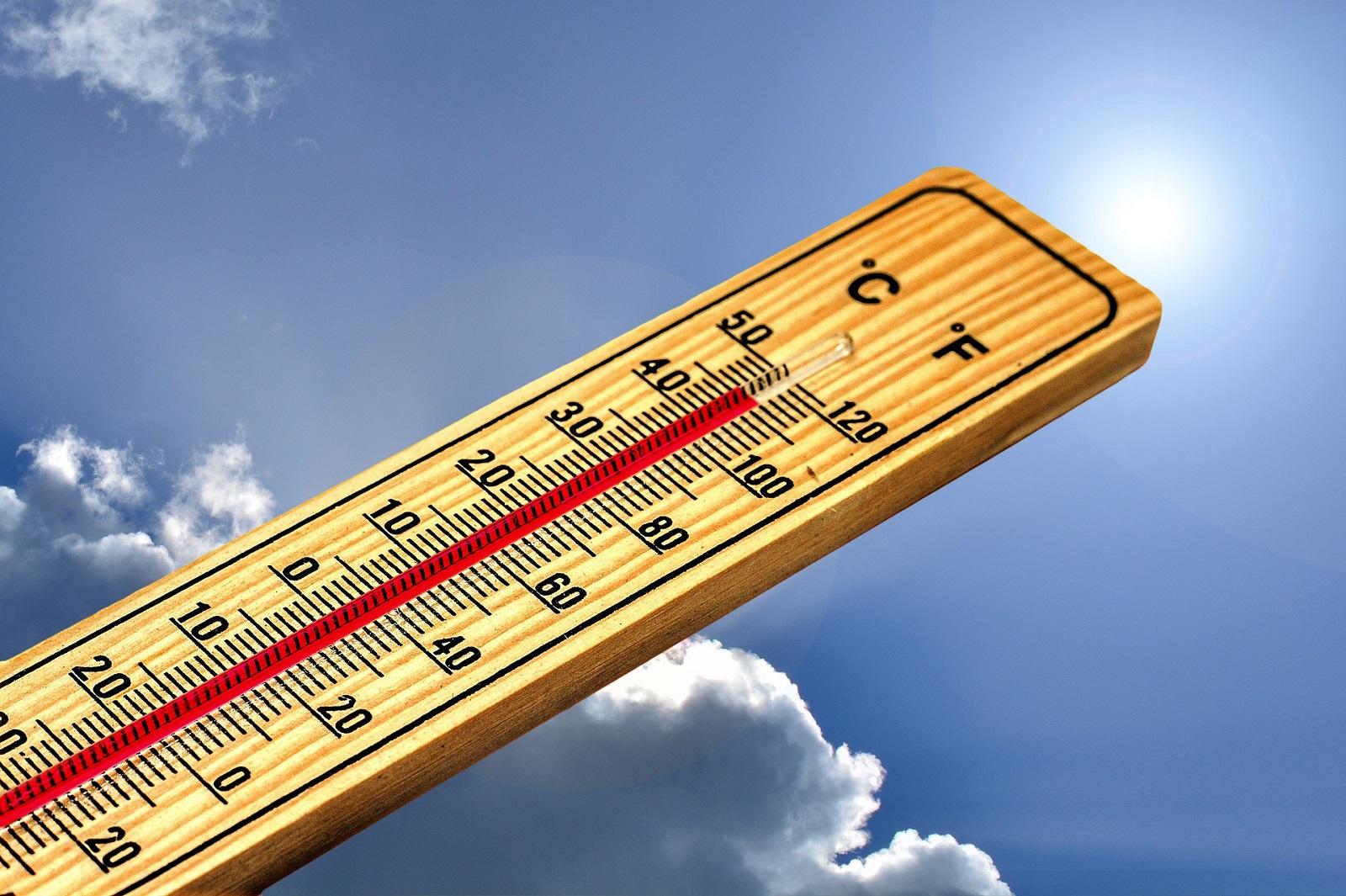Key points
- Degree Days (DD), also termed Growing Degree Days (GDD), measure how much warmth above a certain threshold has accumulated since the beginning of the year. Formulas are used to calculate DD values, which are based on the average temperature each day.
- This data is used to track how cumulative warmth contributes to insect development, which is highly dependent on temperature. The warmer the average temperature each day, the faster the increase in degree day values over time.
- Temperature accumulations are a more accurate predictor of insect maturation than calendar dates. This makes insect monitoring more efficient and management techniques more effective. DD measurements are an increasingly important tool as climate change impacts pest populations.
What are degree days?
- Degree Days are a measure of temperature accumulation over the course of the growing season, spring through autumn. The value resets to zero at the start of each year and only starts increasing once the average daily temperature exceeds a certain threshold, also referred to as the base temperature, which is often 50℉.
- The warmer the average temperature each day, the faster the increase in degree day values. The DD number is cumulative; it increases with each passing day.
Why are degree days important?
- Degree day tracking helps to accurately predict insect activity. Depending on calendar dates for pest monitoring and control is unreliable if temperature patterns trend above or below average, changing the pace of insect development. In the event of unusual weather, if you only use calendar benchmarks, you could miss the most effective (or only effective) pesticide application window.
- Some pests have a greater vulnerability to pesticides at specific points in their life cycle. Often, the targeted life cycle event will be an egg hatch or adult emergence, during which plant monitoring and treatment will help interrupt pest reproduction. This allows you to manage a pest outbreak before plant damage becomes evident, which is especially valuable when the host plant does not easily recuperate from insect feeding.
- Predicting when to expect a key developmental stage is critical in the timing of pesticide applications. By using degree day predictions for a specific pest, you can monitor when to expect peak vulnerability based on recent temperatures and can make preventative pesticide applications only when they will have the greatest impact. This both saves time and reduces pesticide use.
Examples of how to use degree day information
- Entomologists document degree day values for important stages in a pest insect’s life cycle. For example, the crawler emergence period for cottony camellia scale is expected to begin around 649 DD. When you see DD values for your area nearing this point (e.g., 600 DD) it’s time to start inspecting host plants for crawlers.
- Reported DD values for specific pests are meant to be guidelines for when action might be needed. Nuances of microclimate, even over small areas of a single plant or garden, result in varied DD accumulations. Do not use them to dictate the timing of pesticide use without also verifying a pest’s identity and that it is in the targeted developmental stage.


